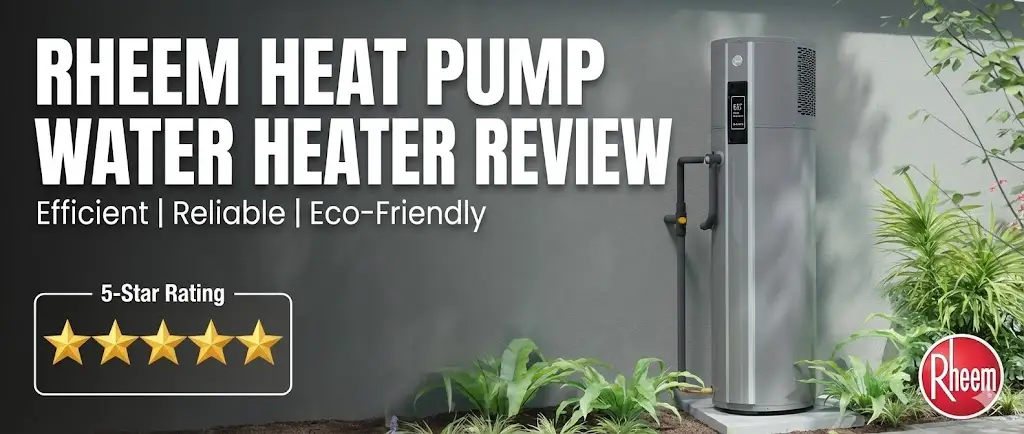
Power bills linked to heating water have long been a silent killer of household budgets, consistently ranking as the second-largest […]

Did you notice some leaks coming from your hot water tank?
If your hot water system is leaking, don’t panic; here’s what it really means and what you should do before things get messier (and more expensive).
Besides being one of the most frustrating things you would deal with as a homeowner looking to maintain a comfortable indoor environment, a leaking water tank can be more than a mere problem.
For one, it can result in skyrocketing utility bills since much-heated water goes into the waste.
Secondly, it can cause water damage to your floors, walls, and surrounding structures, necessitating costly repairs.
And finally, it can cause possible electric faults if the leaking water touches the electrical system.
But don’t panic; many hot water system leaks are easy to fix without involving plumbers.
All you need is some basic tools and the correct steps to fix the leaks and save on hot water wastage, energy, and money.
Let’s learn how you can fix a leaking hot water tank.
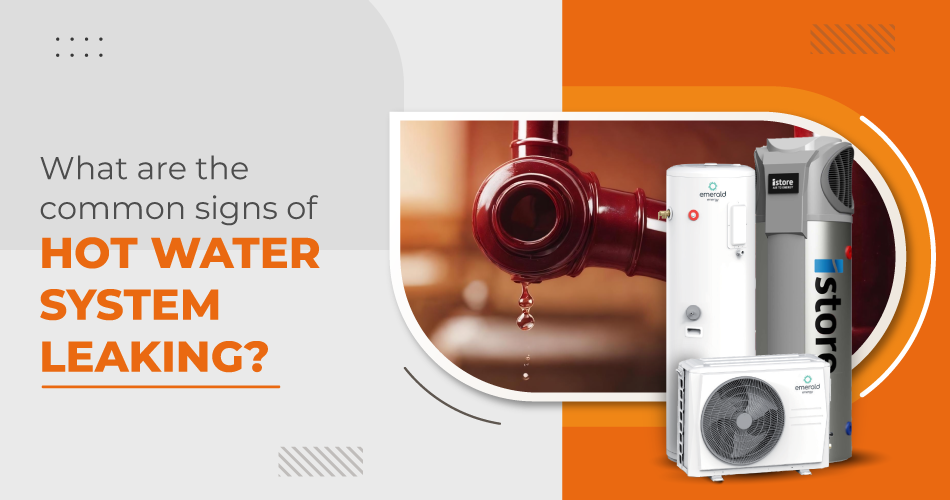
Depending on the underlying issues, your hot water tank can either leak from the top or the bottom. Regardless, some common indicators can assure you that the tank has leaking issues:
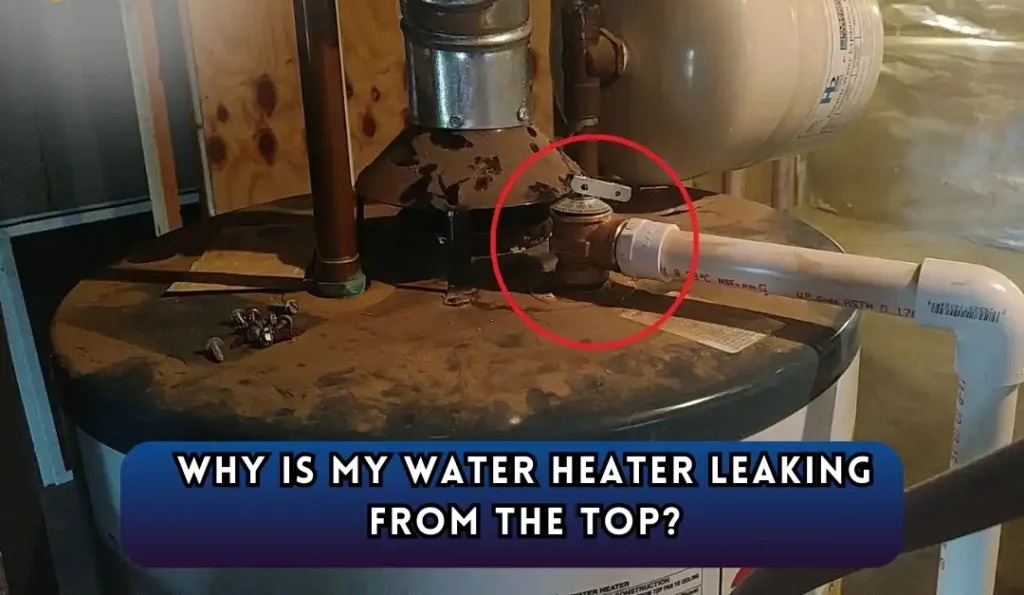
Top leaks are quite easy to fix as they mostly involve external damage rather than internal ones. Below are some of their causes and their effective fixes:
The inlet for cold water and outlet for hot water are located at the top portion of the water tank.
With time, these connections can become loose, or the fittings may corrode and eventually lead to the dreaded leak.
NOTE: Before reinstalling any removed or replaced fittings, apply the plumber’s tape to the threads for a secure, leak-proof connection.
The T&P valve is a safety tank component that is meant to relieve excess pressure accumulating in the hot water tank. If there’s a leak from the valve, the reason could be either excessive pressure, valve failure,/or seal failure.
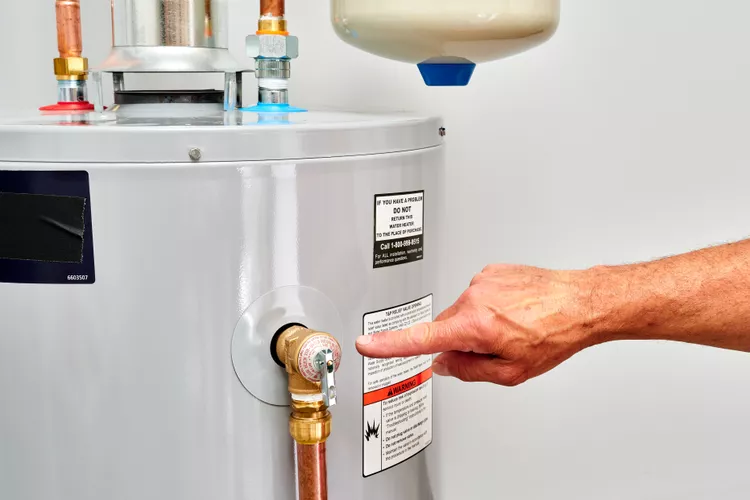
The anode rod is installed to avoid the formation of rust inside the tank by drawing corrosive contaminants. Over time, the seal around the anode rod may be compromised, resulting in leaks.
A hot water system that is leaking from the bottom could be a result of condensation, a defective drain valve, or even internal corrosion that requires the tank to be replaced.

The drain valve is located at the bottom of the tank and serves as a way to remove sediment buildup. If this valve is not sealed well, it will leak.
Over time, minerals from hard water accumulate in the tank and cause sediment buildup. This can weaken the tank’s internal structure and lead to leaks.

When the water heater tank seems to leak but there is no clear drip, condensation might be forming. It typically occurs due to temperature variations between hot water and cold air.
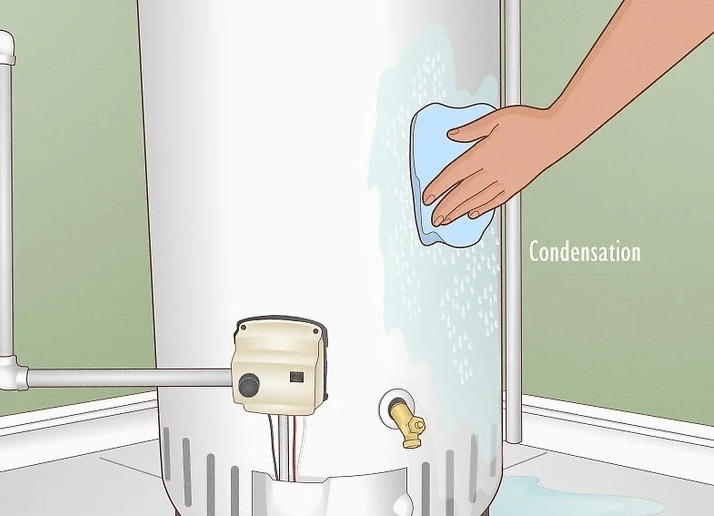
For electric water heaters, the heating elements are located near the bottom. If their gaskets become worn, they can leak.
To avoid costly repairs and extend the life of your hot water system, follow these maintenance tips:
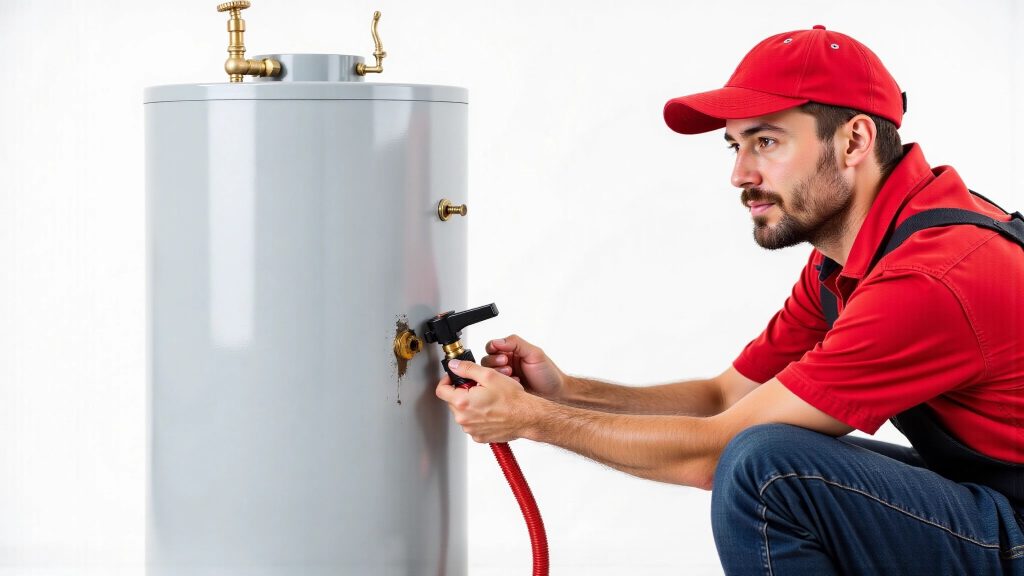
Turn off the power and cold water before starting. Let the tank cool for 1-2 hours. Work in a well-ventilated area and keep it safe from kids and pets.
It’s not recommended. Even a small leak can worsen over time, leading to water damage and high utility bills. Turn off the water and power supply and repair the issue immediately.
Need a pro if the leak is big, you smell gas, or repairs keep failing. A qualified plumber can ensure a safe and proper fix.
Yes, simple fixes like tightening connections or replacing the relief valve are doable. But, if the leak is big or from corrosion, call a pro.